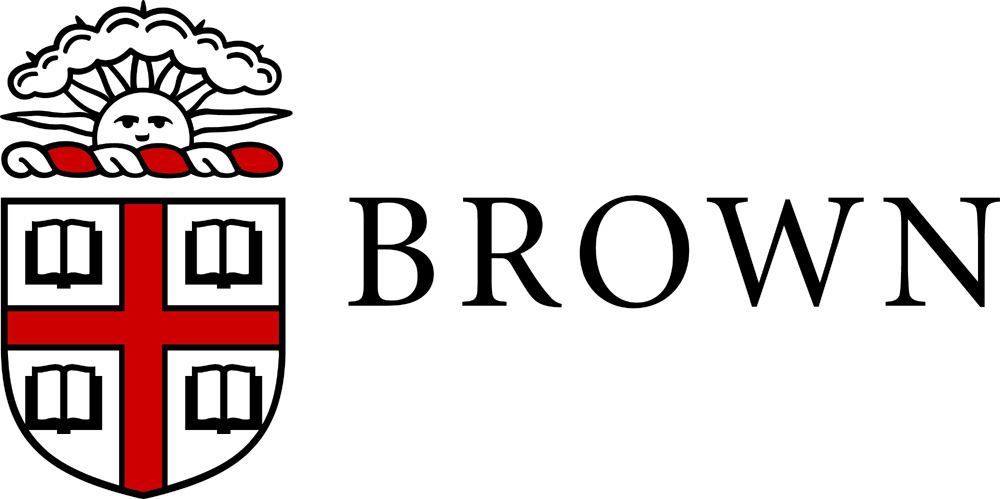Team:BrownTwo/Project
From 2008.igem.org
(Prototype team page) |
(→Overall project) |
||
| (One intermediate revision not shown) | |||
| Line 1: | Line 1: | ||
| - | + | [[Image:Brown_logo.jpg|center|250px]] | |
| - | + | <br> | |
| - | + | <br> | |
| - | + | =A Genetic Limiter Circuit in ''S. cerevisiae''= | |
| - | + | {| style="color:#CC0000;background-color:#FFFFFF;" cellpadding="3" cellspacing="1" border="1" bordercolor="#fff" width="70%" align="center" | |
| - | + | ||
| - | + | ||
| - | + | ||
| - | + | ||
| - | + | ||
| - | + | ||
| - | + | ||
| - | + | ||
| - | + | ||
| - | + | ||
| - | + | ||
| - | + | ||
| - | + | ||
| - | + | ||
| - | + | ||
| - | + | ||
| - | + | ||
| - | + | ||
| - | + | ||
| - | + | ||
| - | '' | + | |
| - | + | ||
| - | + | ||
| - | + | ||
| - | + | ||
| - | + | ||
| - | + | ||
| - | + | ||
| - | + | ||
| - | {| style="color:# | + | |
!align="center"|[[Team:BrownTwo|Home]] | !align="center"|[[Team:BrownTwo|Home]] | ||
| - | !align="center"|[[Team:BrownTwo/Team|The | + | !align="center"|[[Team:BrownTwo/Team|The Duo]] |
| - | !align="center"|[[Team:BrownTwo/Project|The | + | !align="center"|[[Team:BrownTwo/Project|The Concept]] |
!align="center"|[[Team:BrownTwo/Parts|Parts Submitted to the Registry]] | !align="center"|[[Team:BrownTwo/Parts|Parts Submitted to the Registry]] | ||
!align="center"|[[Team:BrownTwo/Modeling|Modeling]] | !align="center"|[[Team:BrownTwo/Modeling|Modeling]] | ||
| - | !align="center"|[[Team:BrownTwo/Notebook| | + | !align="center"|[[Team:BrownTwo/Notebook|Protocols]] |
| + | !align="center"|[[Team:BrownTwo/Modeling|Modeling]] | ||
|} | |} | ||
| - | |||
| - | |||
| - | |||
| - | |||
| - | |||
| - | |||
| - | |||
| - | |||
| + | == '''Project Overview''' == | ||
| + | Numerous disease states in multicellular organisms involve anomalous expression patterns of endogenous genes. Tumor growth, associated with the overexpression of oncogenes, is one vexing example in which this occurs. While extremes of gene expression can damage living systems, normal expression is necessary for healthy function. We have designed a modular genetic circuit to limit the expression level of a gene of interest to a user-defined, tunable threshold. The limiter network reacts to the transcription of an endogenous gene within each cell, entering a regulatory state only where and when the rate of transcription lies beyond an acceptable range of activity. Along with its potential therapeutic utility, we offer our device as a foundational tool for researching gene expression in a eukaryotic model. | ||
== Project Details== | == Project Details== | ||
Latest revision as of 04:23, 27 October 2008
Contents |
A Genetic Limiter Circuit in S. cerevisiae
| Home | The Duo | The Concept | Parts Submitted to the Registry | Modeling | Protocols | Modeling |
|---|
Project Overview
Numerous disease states in multicellular organisms involve anomalous expression patterns of endogenous genes. Tumor growth, associated with the overexpression of oncogenes, is one vexing example in which this occurs. While extremes of gene expression can damage living systems, normal expression is necessary for healthy function. We have designed a modular genetic circuit to limit the expression level of a gene of interest to a user-defined, tunable threshold. The limiter network reacts to the transcription of an endogenous gene within each cell, entering a regulatory state only where and when the rate of transcription lies beyond an acceptable range of activity. Along with its potential therapeutic utility, we offer our device as a foundational tool for researching gene expression in a eukaryotic model.
 "
"
